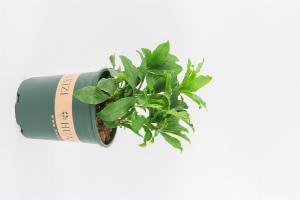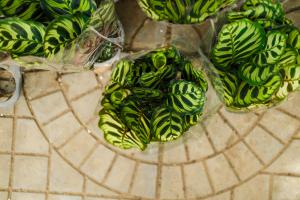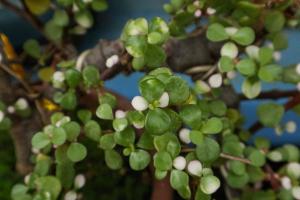Does the Amount of Chlorine in Tap Water Harm Plants?
Tap water is a common source of hydration for plants, but many gardeners and plant enthusiasts often wonder if the amount of chlorine present in the water can harm their green friends. Chlorine is a chemical that is added to tap water to kill bacteria and other harmful microorganisms. But can too much of it have negative effects on plants? Let's dig deeper to find out.
The Effects of Chlorine on Plants
Chlorine is a highly reactive chemical that can have both positive and negative effects on plants. In small amounts, chlorine can help to prevent the growth of harmful bacteria and fungi in the soil. It can also help to break down certain nutrients, making them more available to plants. However, when present in large amounts, chlorine can actually be harmful to plants. It can cause root burn, which is the death of the roots due to exposure to high levels of chlorine. This can result in stunted growth, yellow leaves, and even the death of the plant.
How Much Chlorine is too Much?
The amount of chlorine in tap water varies depending on where you live and the source of your water. In general, tap water that contains less than 0.5 parts per million (ppm) of chlorine is safe for plants. However, if the water contains higher levels of chlorine than this, it can be harmful. The Environmental Protection Agency (EPA) sets a maximum contaminant level (MCL) for chlorine in drinking water at 4 ppm. This is a safe level for humans, but it may be too high for plants.
Ways to Reduce Chlorine Levels in Tap Water
Luckily, there are ways to reduce the amount of chlorine in tap water before using it to hydrate your plants. One method is to let the water sit out uncovered for at least 24 hours before using it. This will allow the chlorine to evaporate, reducing the amount present in the water. Another method is to use a water filter that is designed to remove chlorine. These filters can attach to your faucet or be built into your watering can or hose.
Conclusion
In conclusion, the amount of chlorine in tap water can have a significant impact on plants. While small amounts of chlorine can be beneficial, too much can be harmful and even deadly. It's important to know how much chlorine is in your tap water and to take steps to reduce it if necessary. By doing so, you can ensure that your plants are getting the hydration they need without any negative side effects from chlorine.

 how many times do yo...
how many times do yo... how many planted tre...
how many planted tre... how many pine trees ...
how many pine trees ... how many pecan trees...
how many pecan trees... how many plants comp...
how many plants comp... how many plants can ...
how many plants can ... how many plants and ...
how many plants and ... how many pepper plan...
how many pepper plan...































